Local Guide Gran Canaria is a guide to the island of Gran Canaria written by Ruth and Jorge, two traveling canaries who want to show the world the benefits of the island where they were born and live. We want to help you know your more authentic side on your own: what to see in Gran Canaria, where to eat, hiking routes, MTB bike tracks, hotels, tips, popular festivals, events & more. Join us and we will guide you so that your trip to Gran Canaria on your own Be unforgettable!
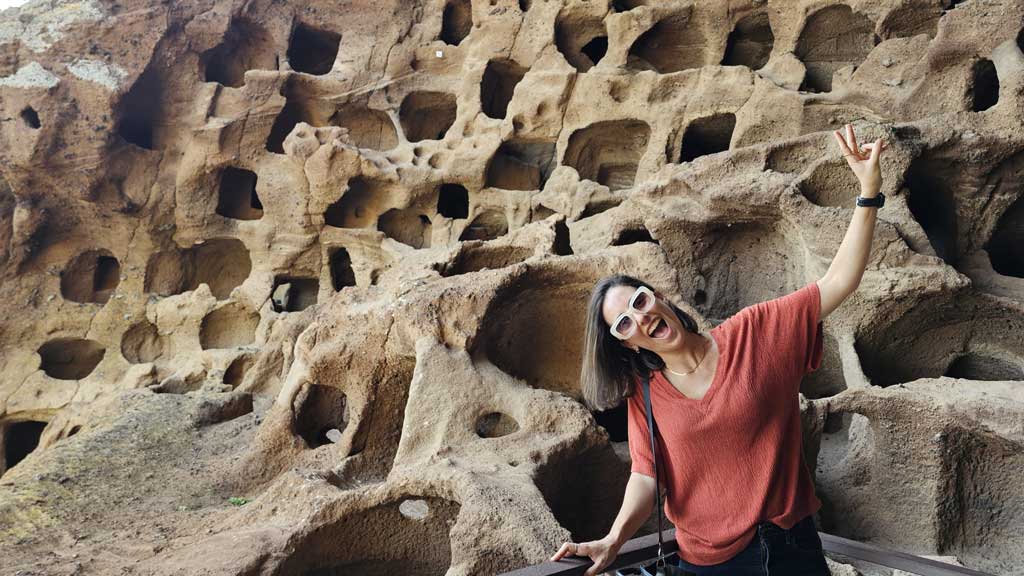
TRAVEL BLOG AND GRAN CANARIA GUIDE
What to do in Gran Canaria
Below we share our essential items to visit Gran Canaria if it is your first time on the island.
Leisure in Gran Canaria
There are many activities on the island for families, to disconnect, to soak up its culture and, ultimately, to get to know its most authentic side. We share our most read lists with you.
Where to eat in Gran Canaria
If you are like us you love it traveling to eat or going out to eat every weekend, you are going to love this section. Below, you have our most read articles about restaurants in Gran Canaria. In any case, In the section on where to eat in Gran Canaria in the menu of our blog you can find more information by area of the island and type of food.
Where to stay in Gran Canaria
In our digital guide to Gran Canaria we also help you choose the best area to stay in Gran Canaria and we recommend lists with the best hotels depending on what you are looking for. You have more information in the drop-down menu of our Accommodation menu in Gran Canaria with rural houses, pet-friendly accommodations, villas or top holiday homes, etc.
If you prefer that we guide you in the plans of what to do and where to eat, no miss our Gran Canaria travel guides and save time when planning your trip. They are available in Spanish and English and you can see them all by clicking on the following image.
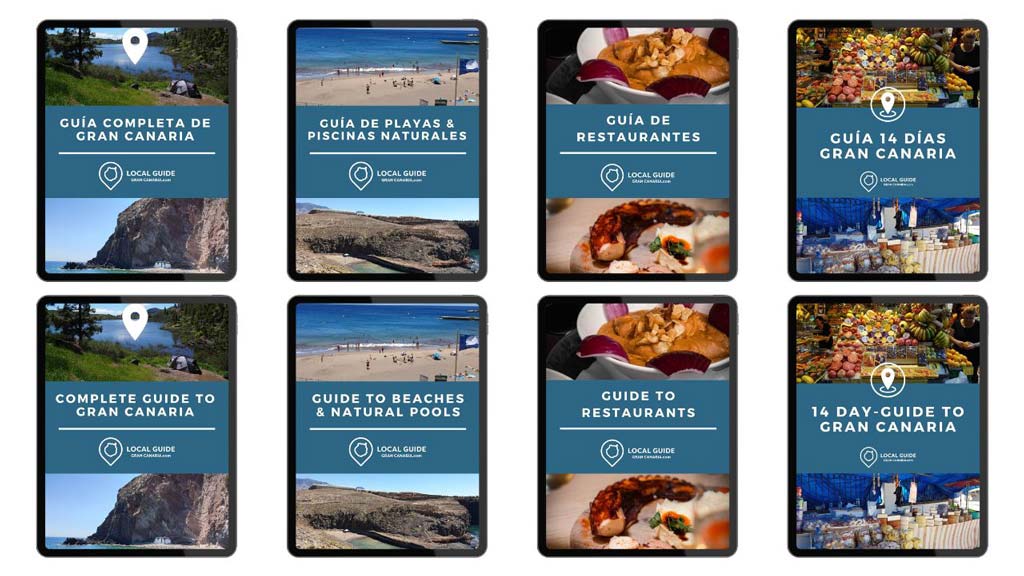
Our travel guides to other destinations
Next, you can see other guides of the trips we make and we document so that you do not have to do this work on your first visit, we start with the Canary Islands. You can combine your trip to Gran Canaria with any Canary Island, as we have connection by plane with all of them.. Here you have a post with our guide on which canary island to visit.
Now we continue with the guides to the destinations we have recently visited and that will be of great help to you when planning your next getaway.
In the More Destinations section of the website you will find other guides and trips such as Cappadocia, New York, Senegal, Israel and Jordan, etc. Next, we share generic information about the island that may be useful if it is your first time. Please note that Local Guide Gran Canaria is not the official Gran Canaria tourism website of the Cabildo, nor of the Tourist Board. However, we are sure that here you will find unique content about what to see in Gran Canaria and the best places to eat. We will share with you the places that we residents frequent and that do not appear in the guides. Traveling to Gran Canaria is going to be easier for you with our help, will you join us?
About Local Guide Gran Canaria
Then we leave you with a short presentation video about us and how the Local Guide Gran Canaria project came about. Organize your trip to Gran Canaria with the help of our YouTube Channel! We will wait for you!

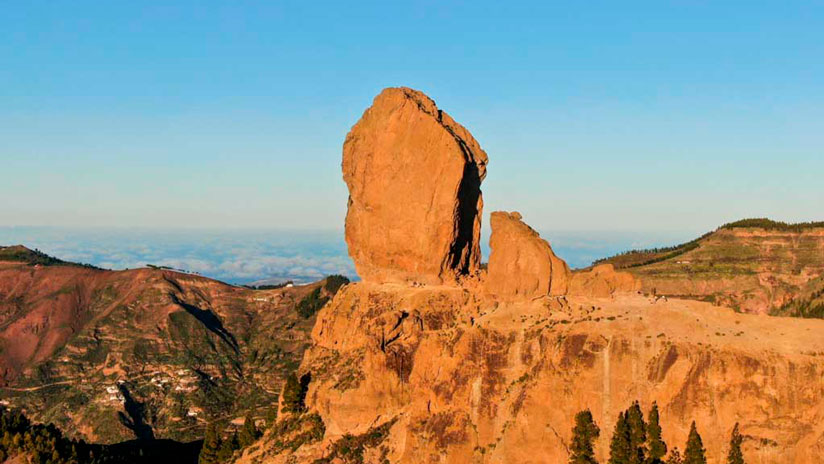
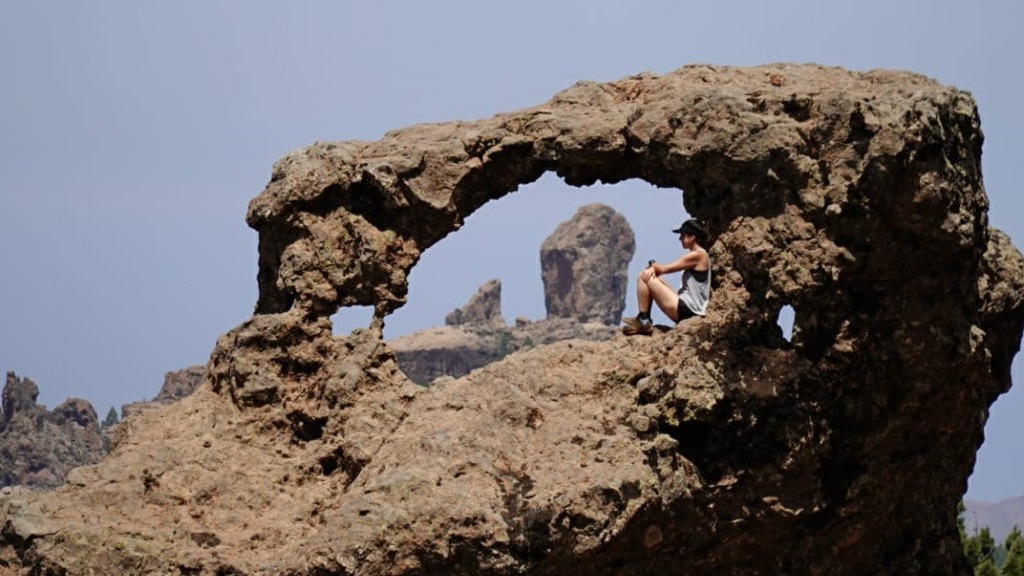
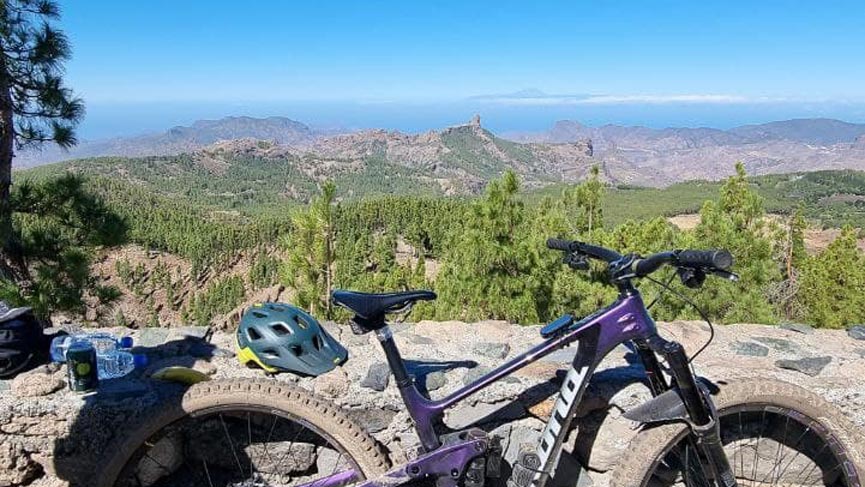
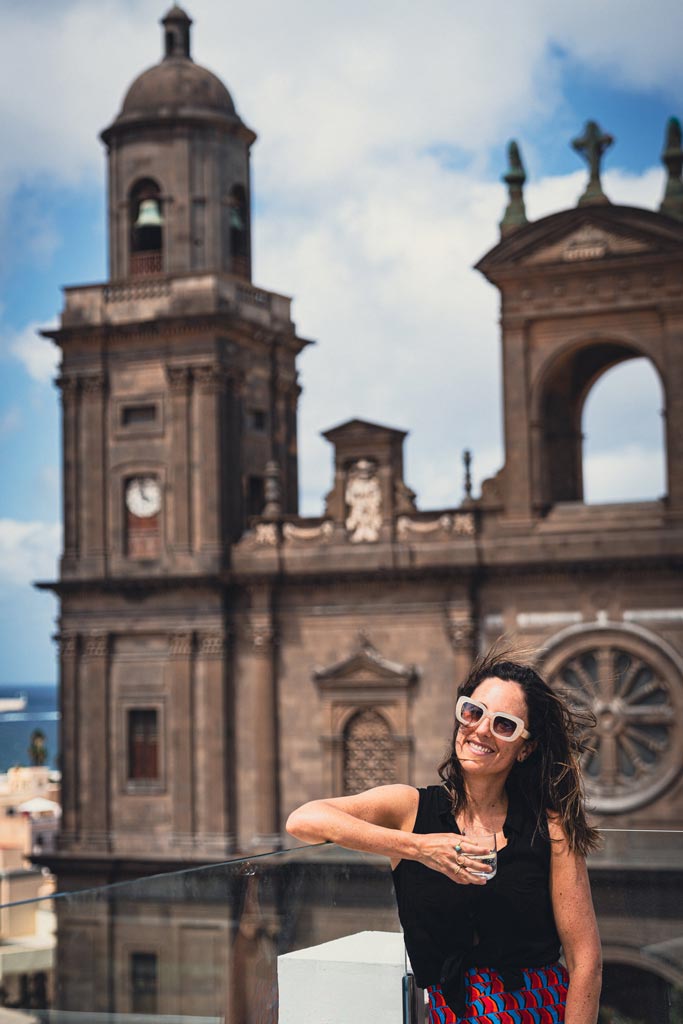
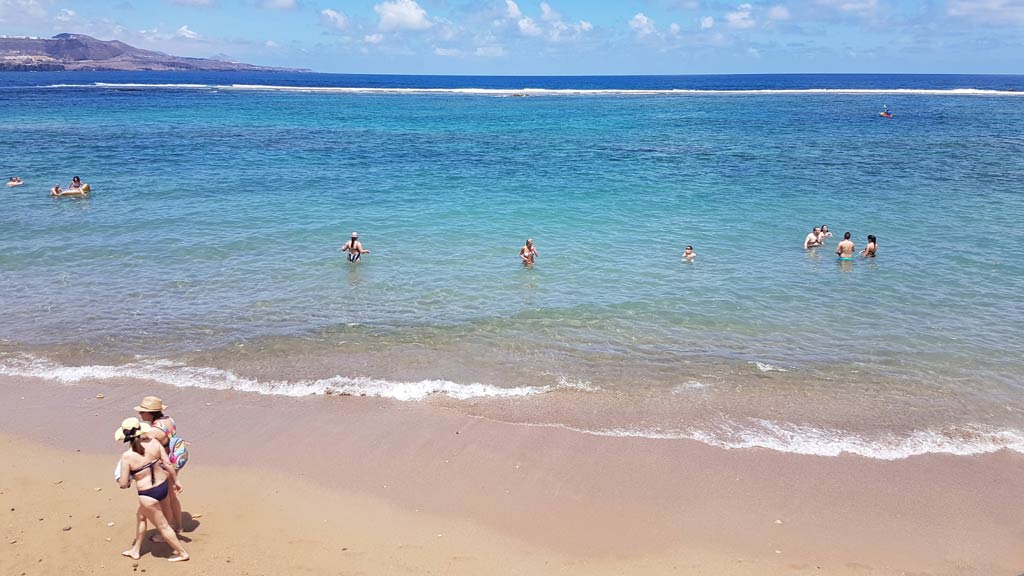
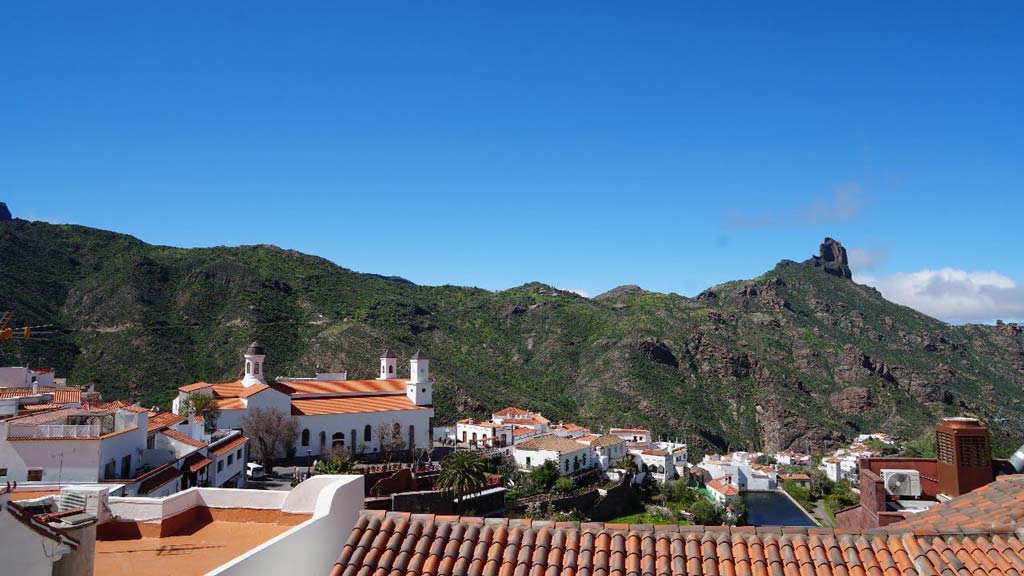

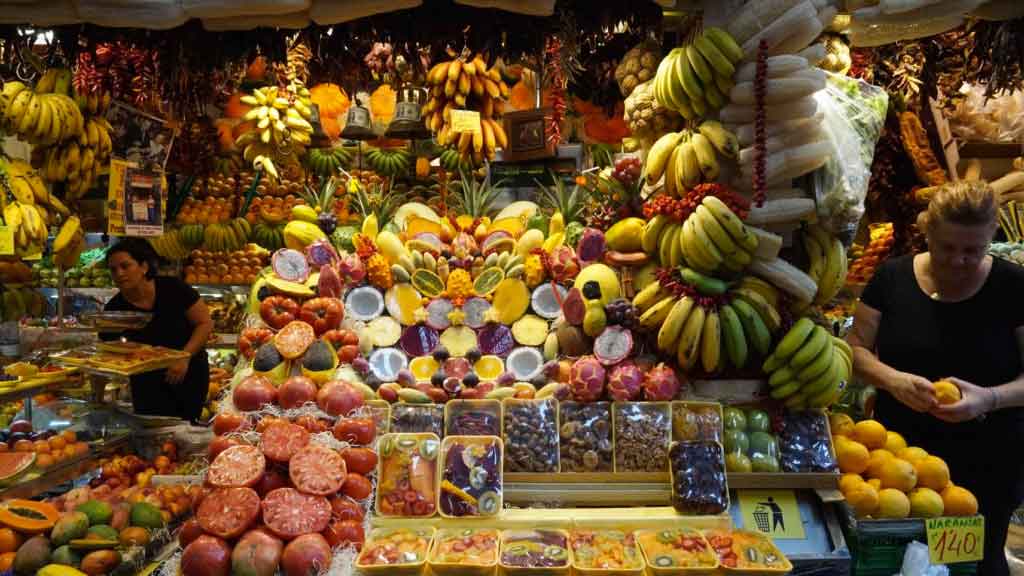
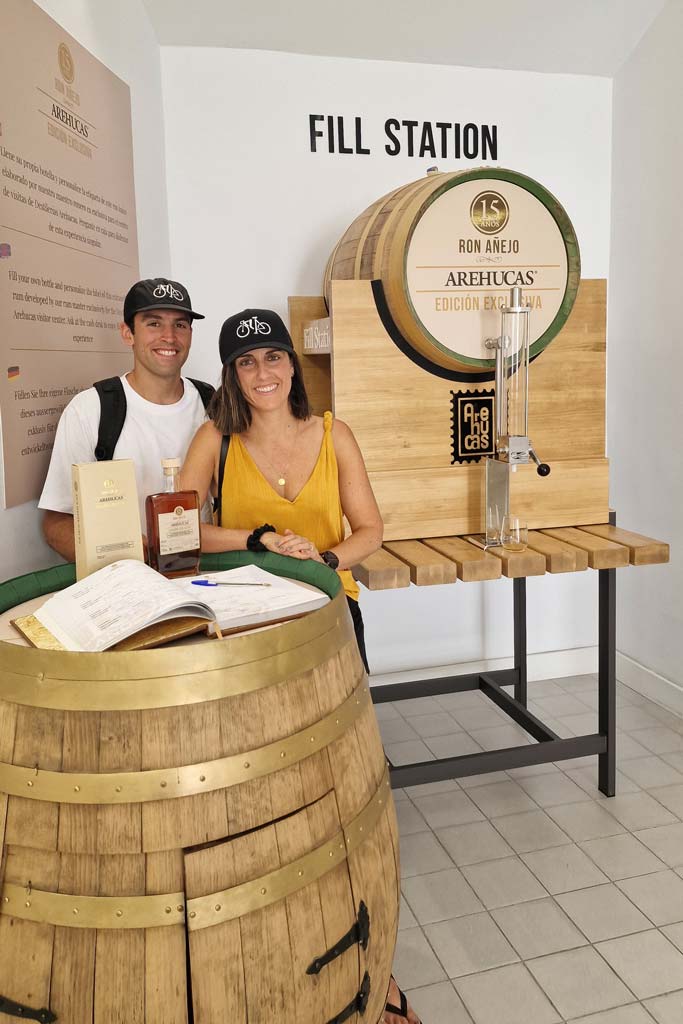
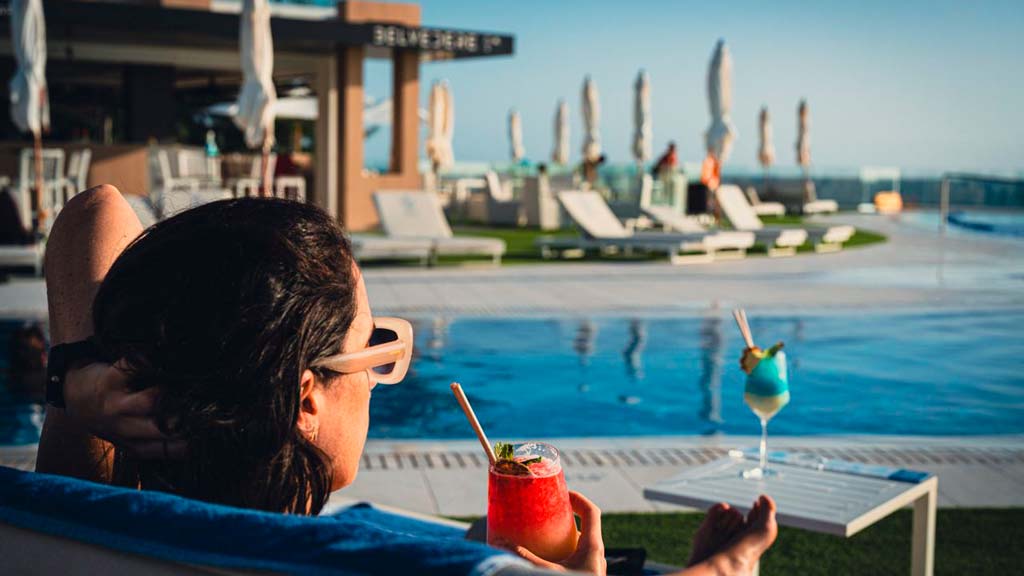
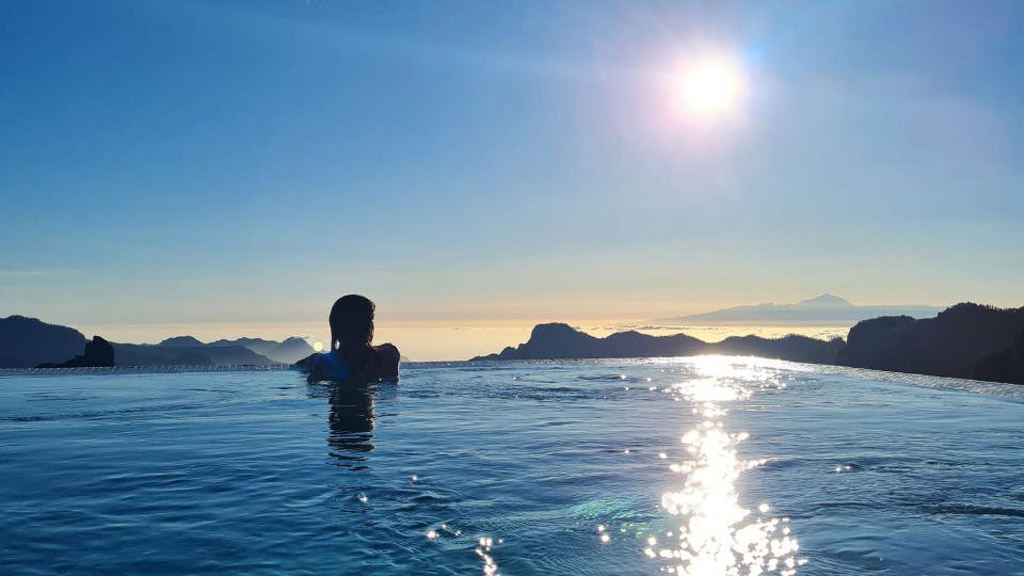
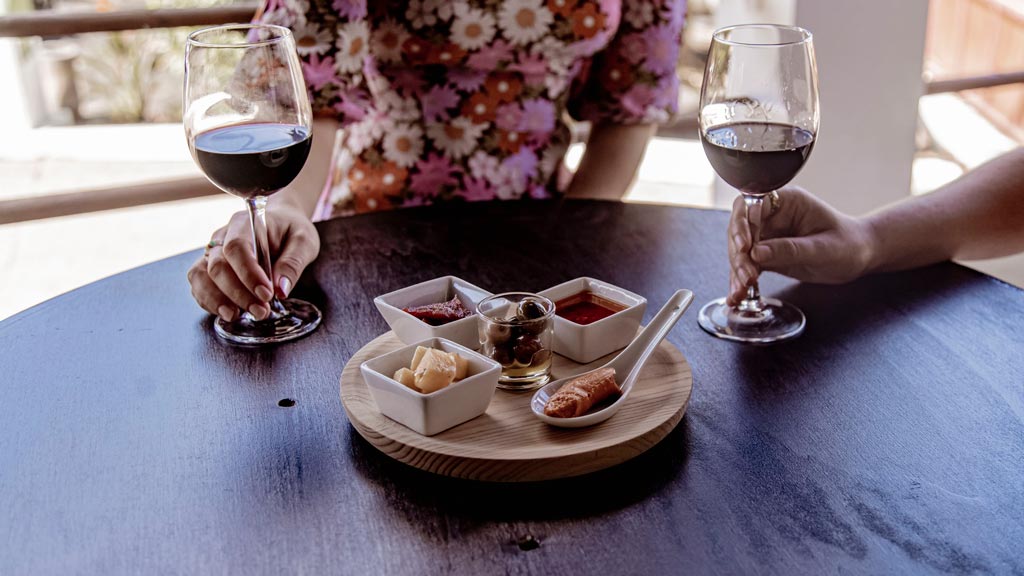
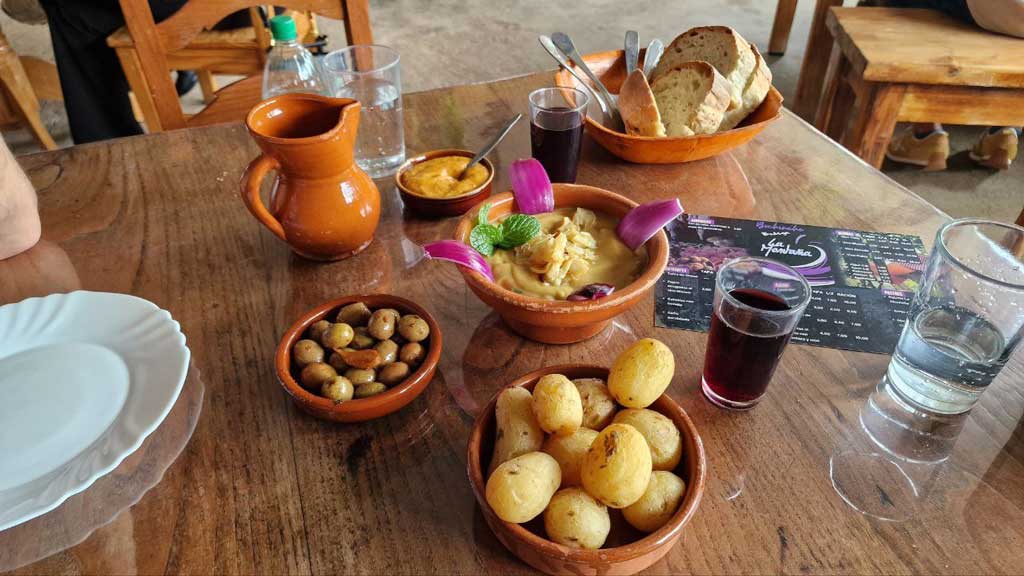
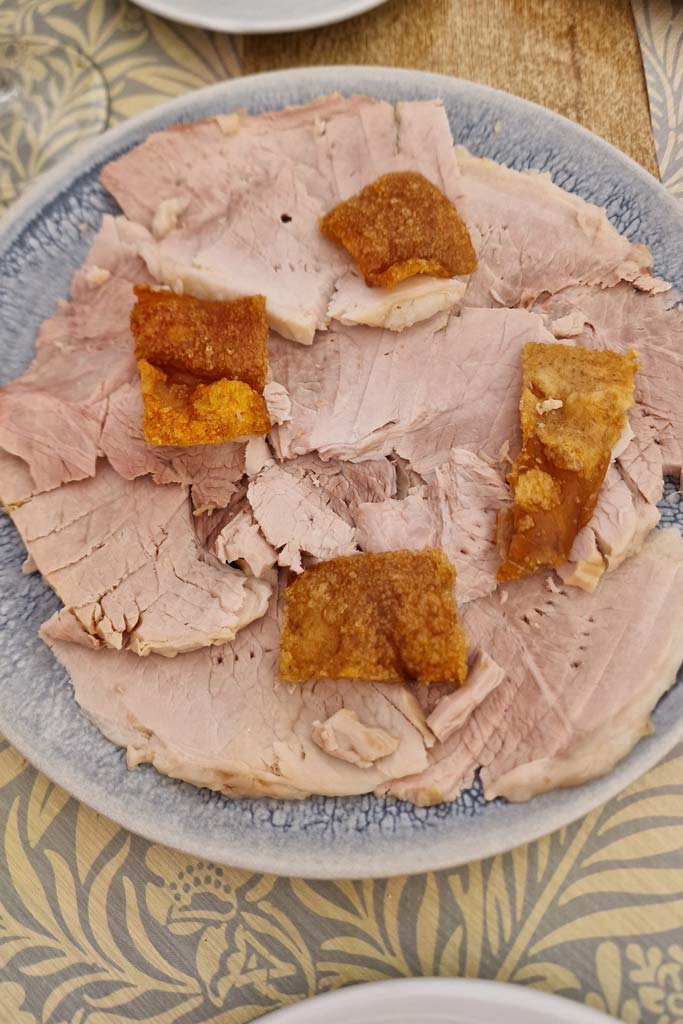
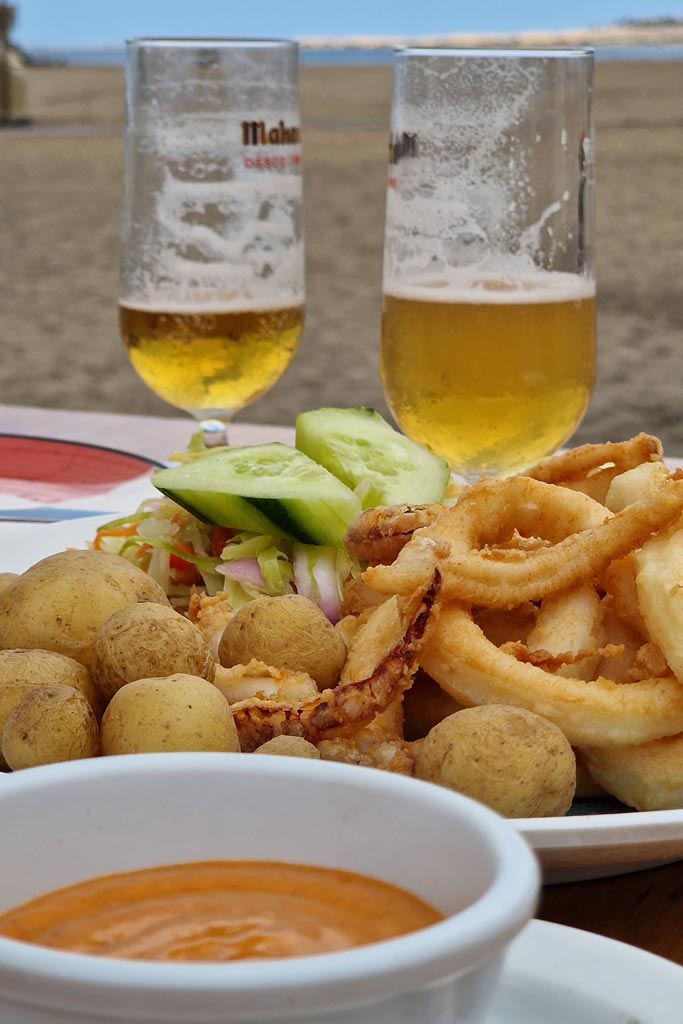
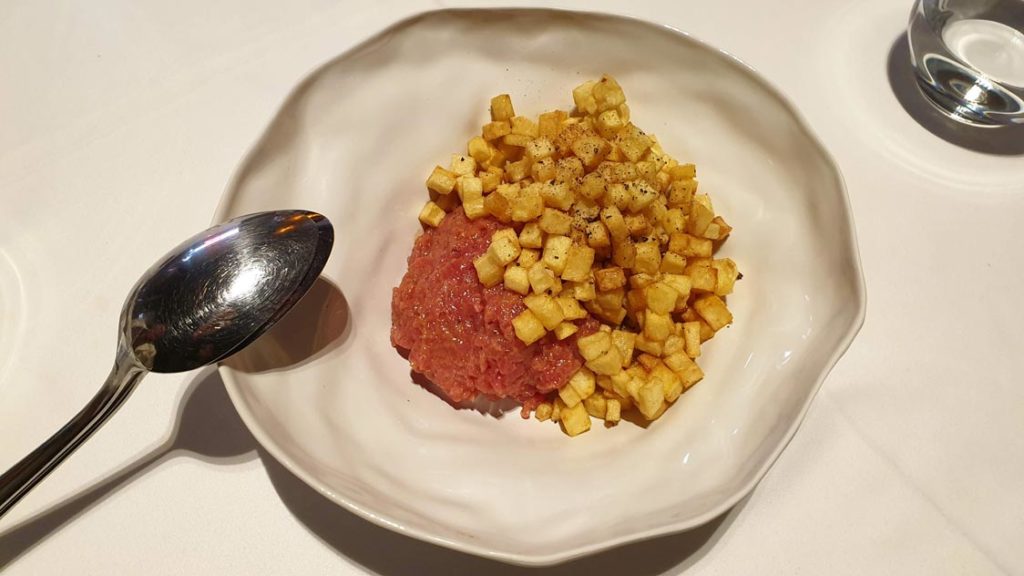
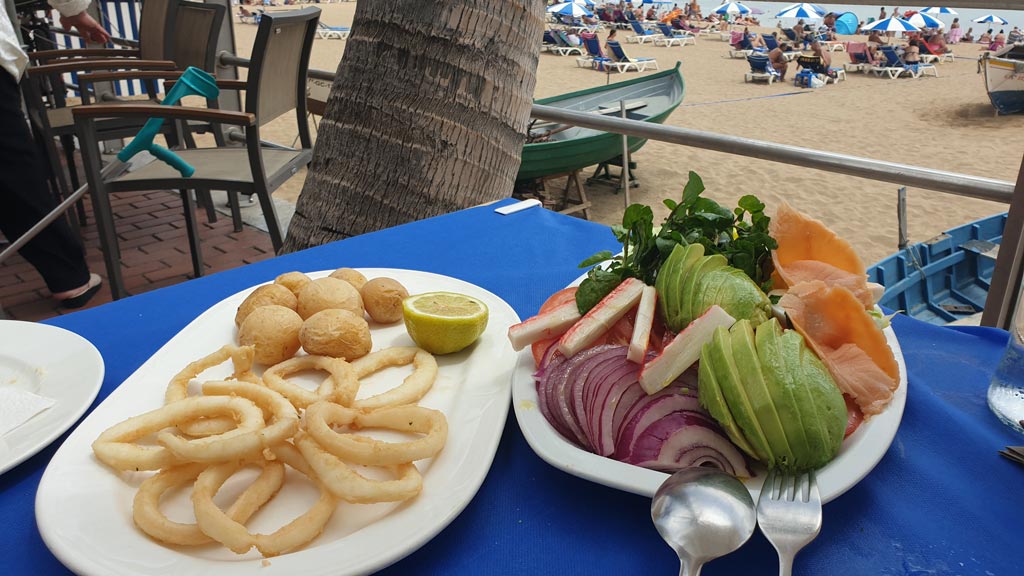
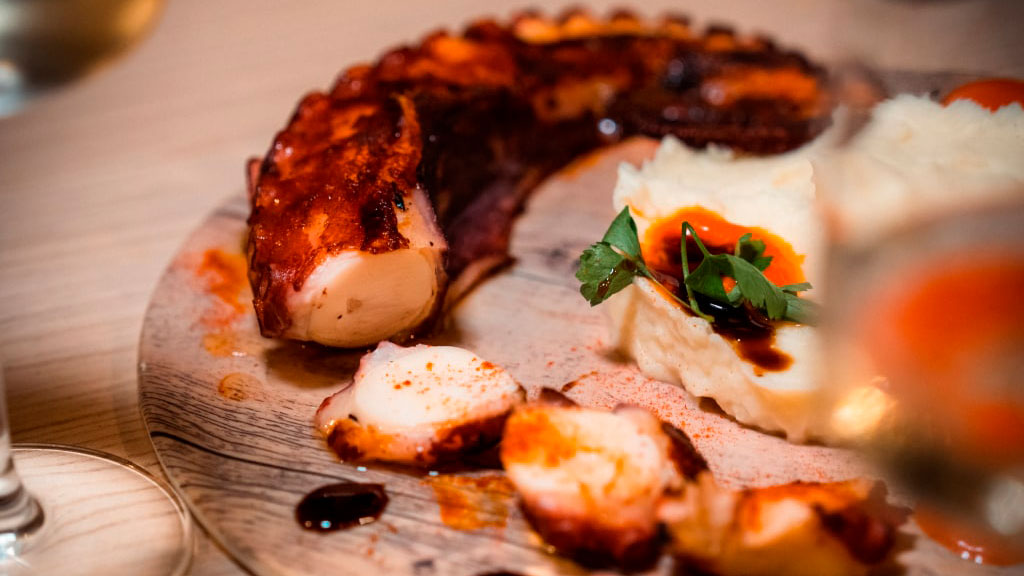
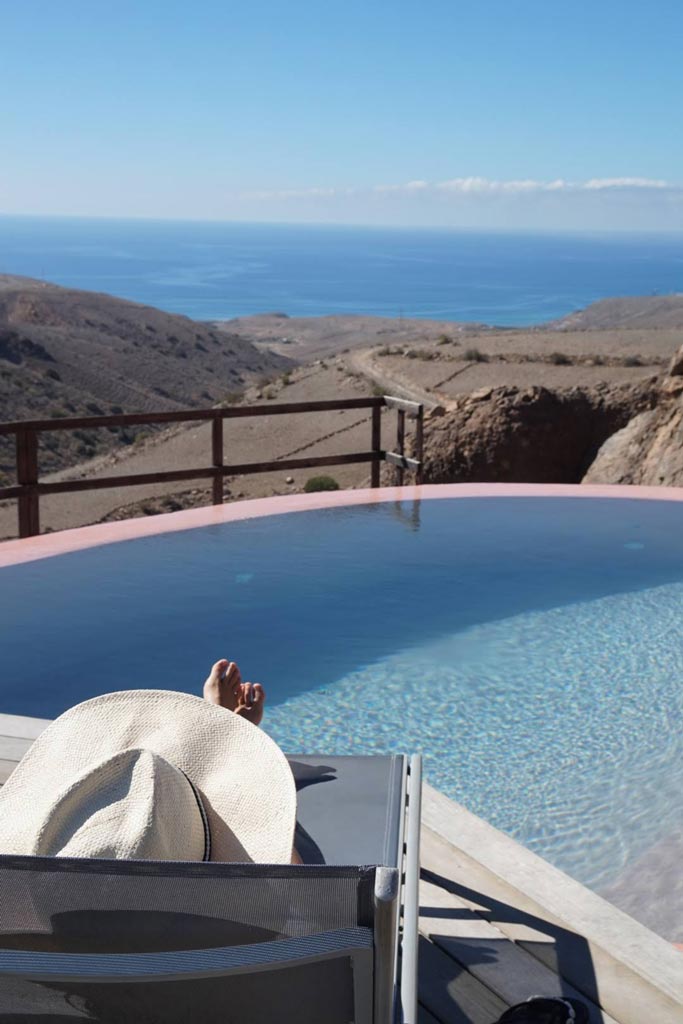
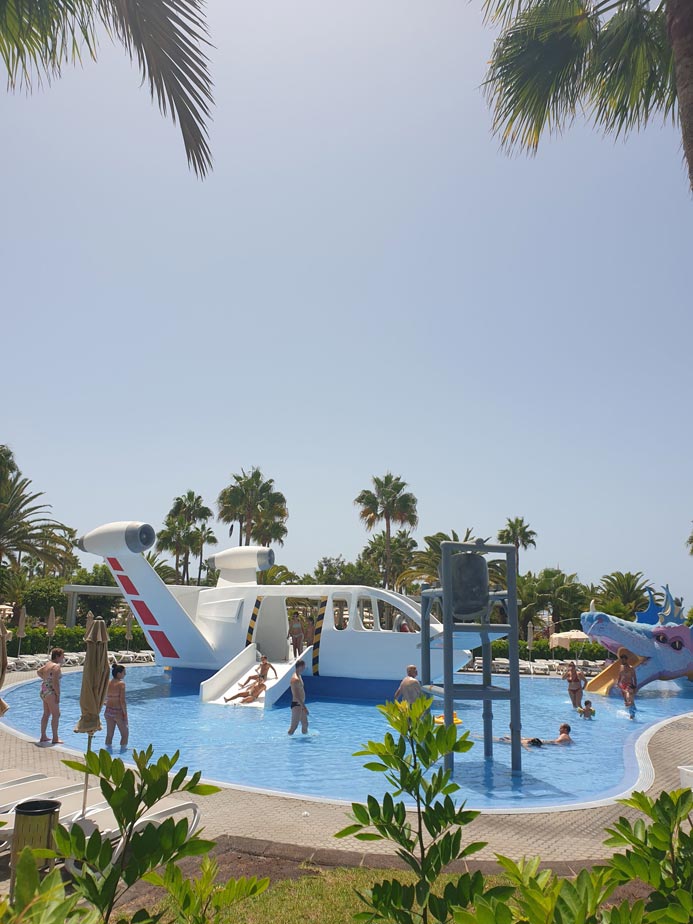
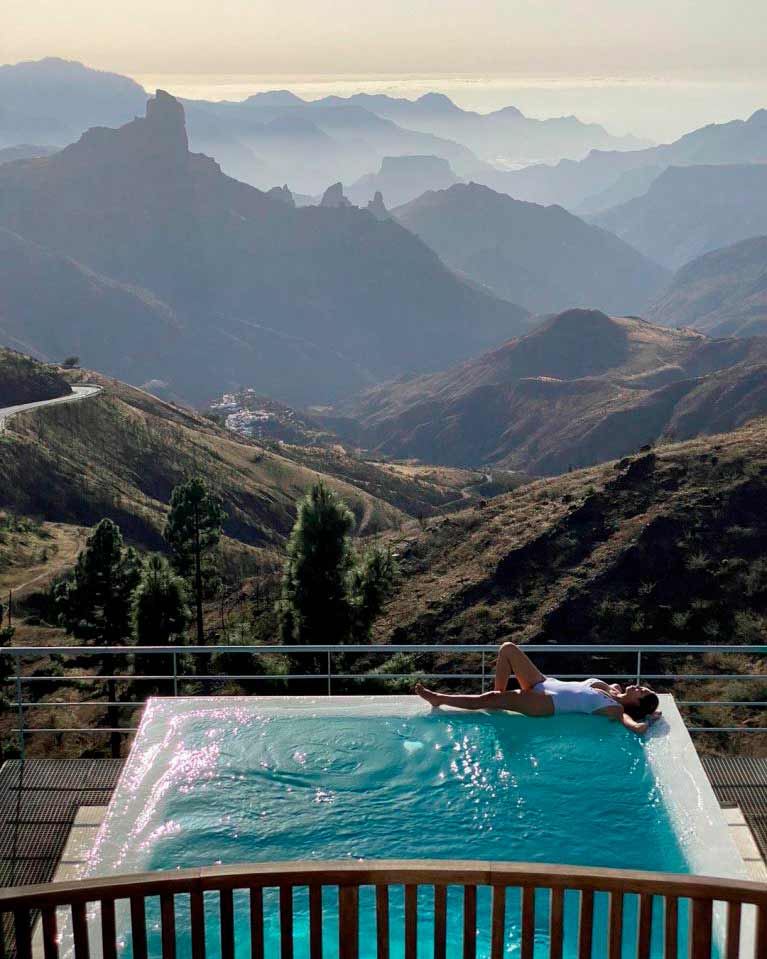

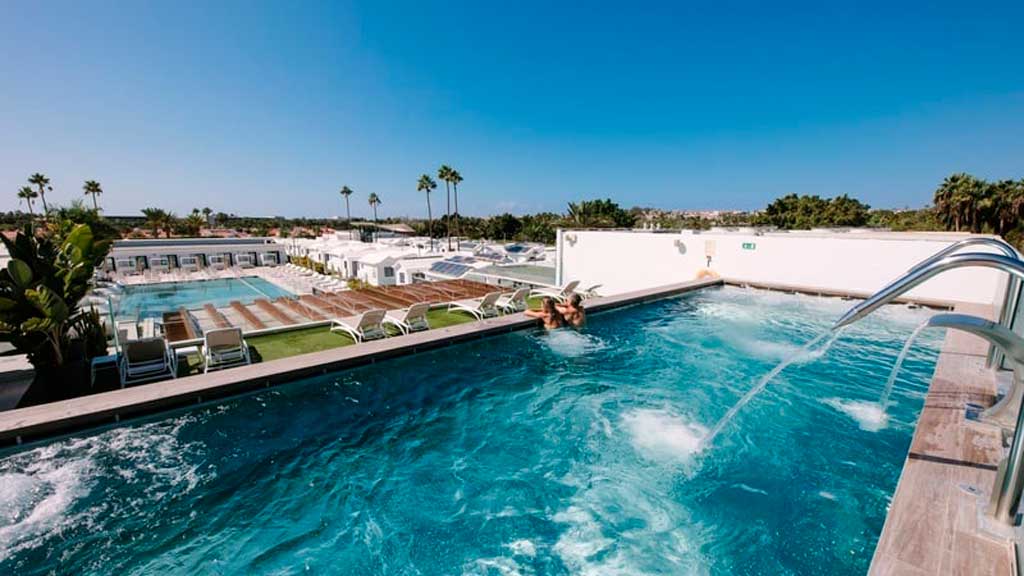
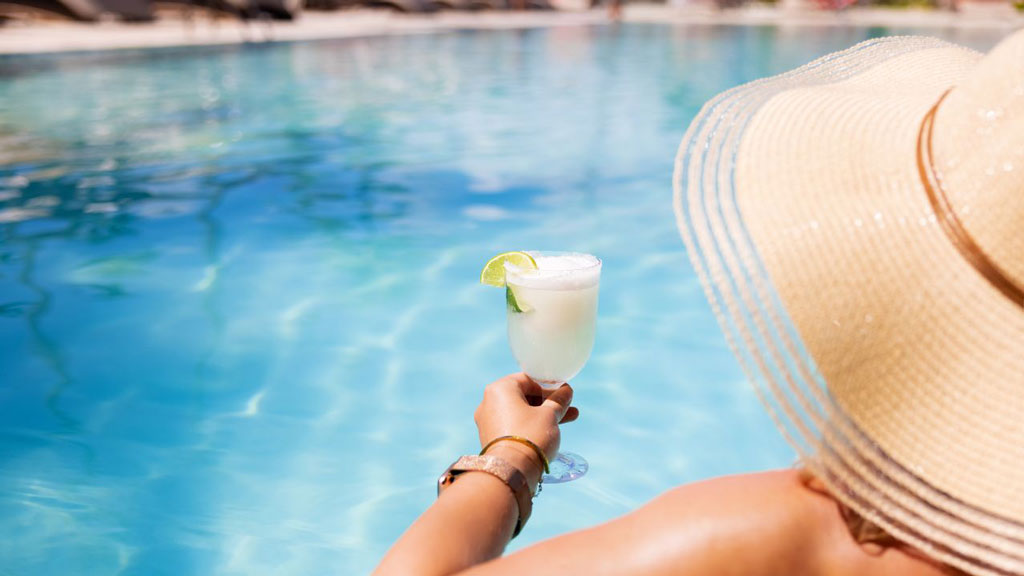
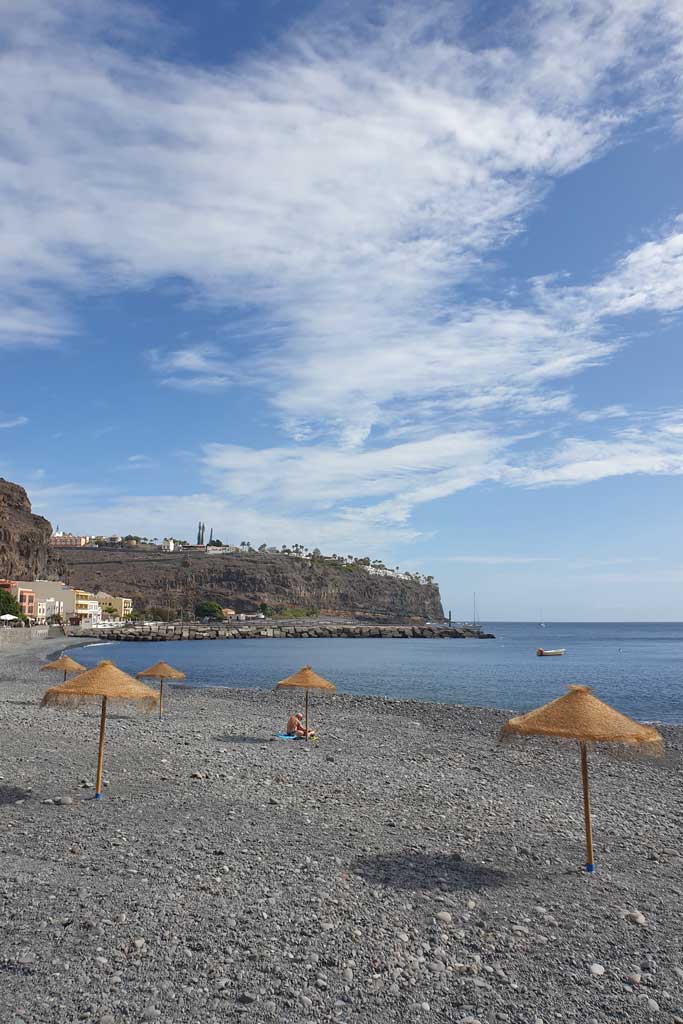
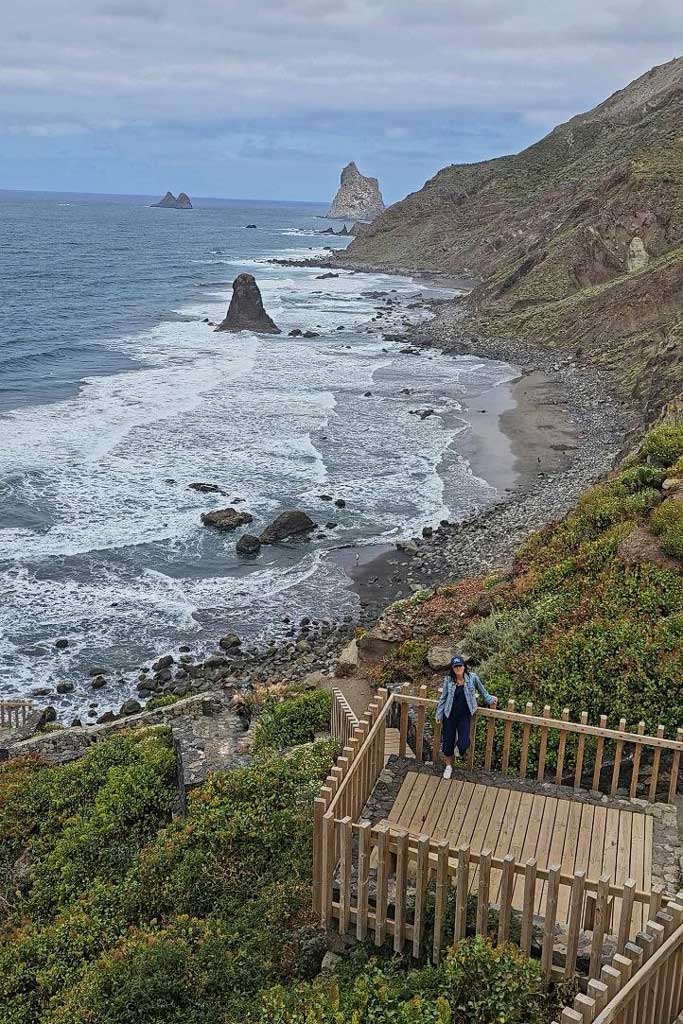
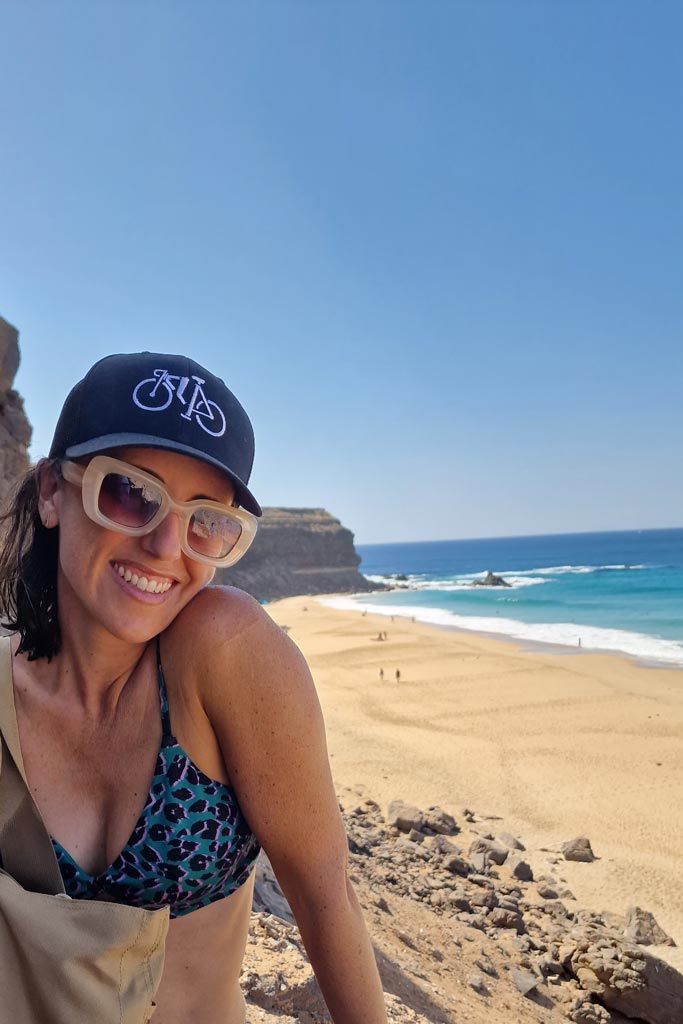
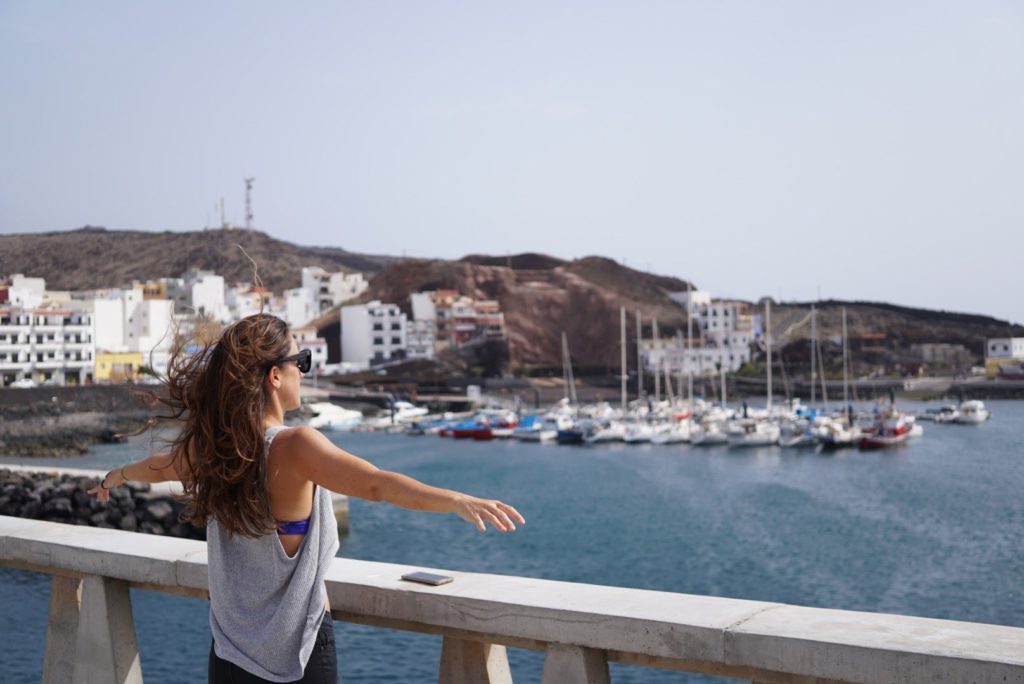
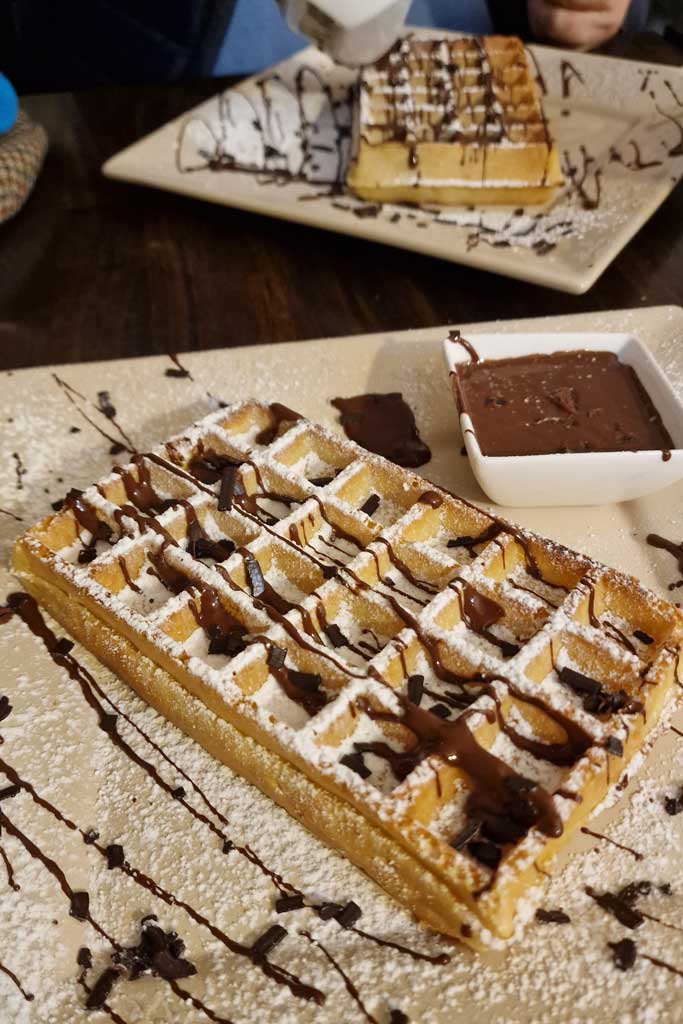
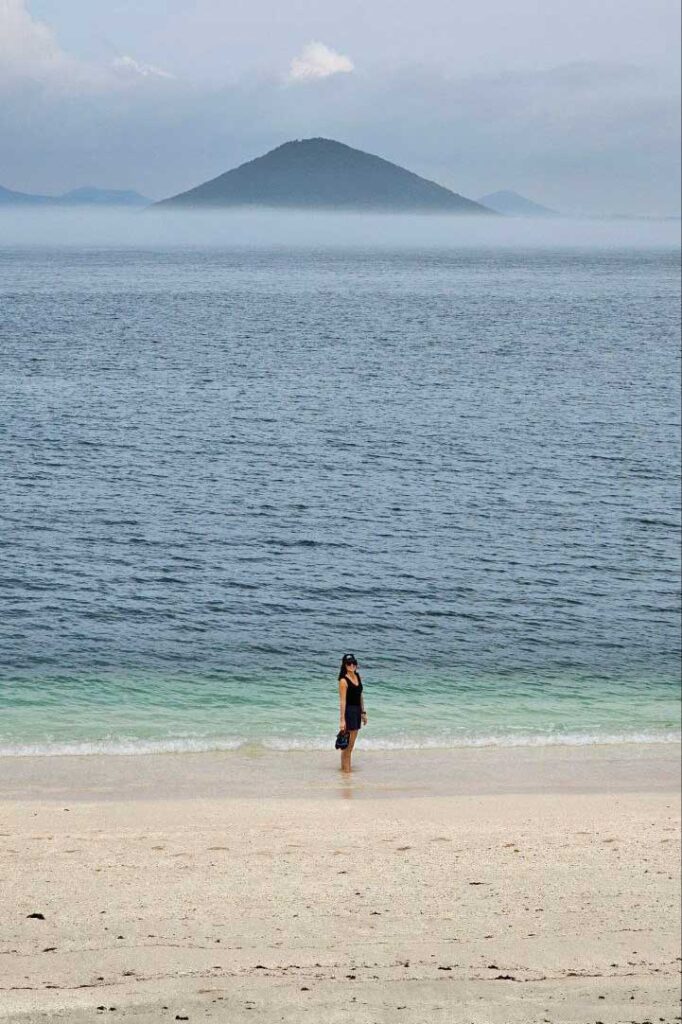
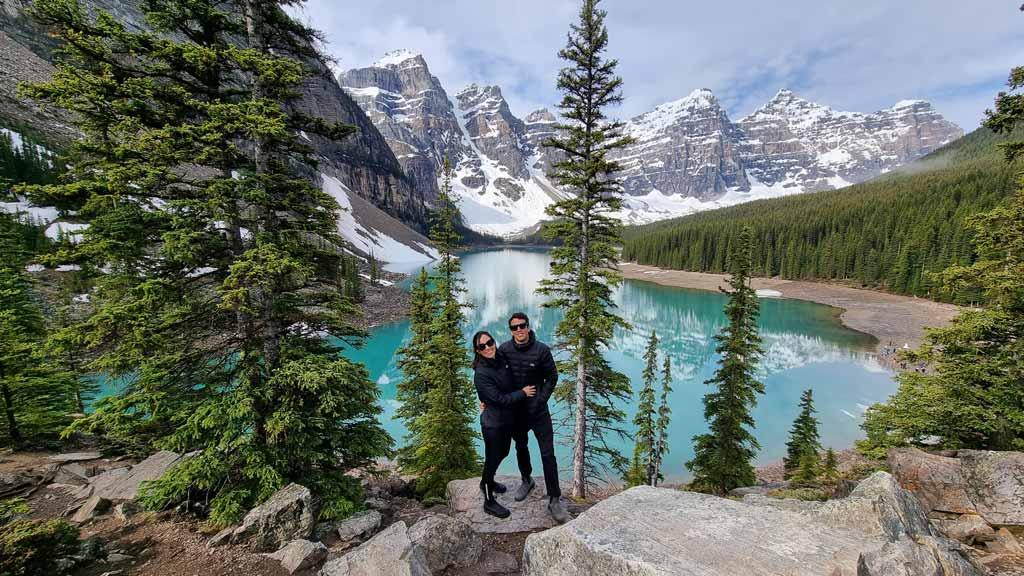
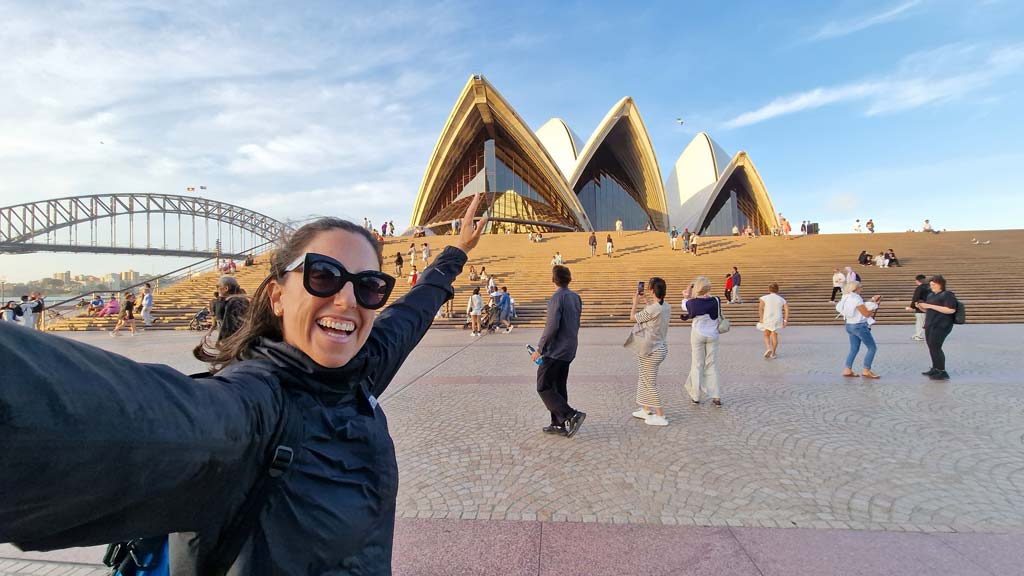
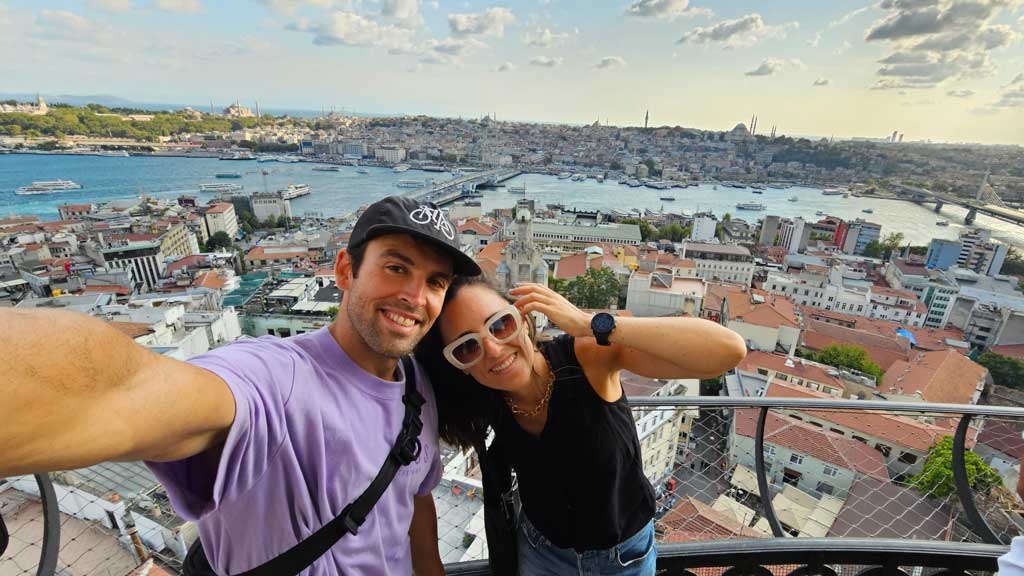
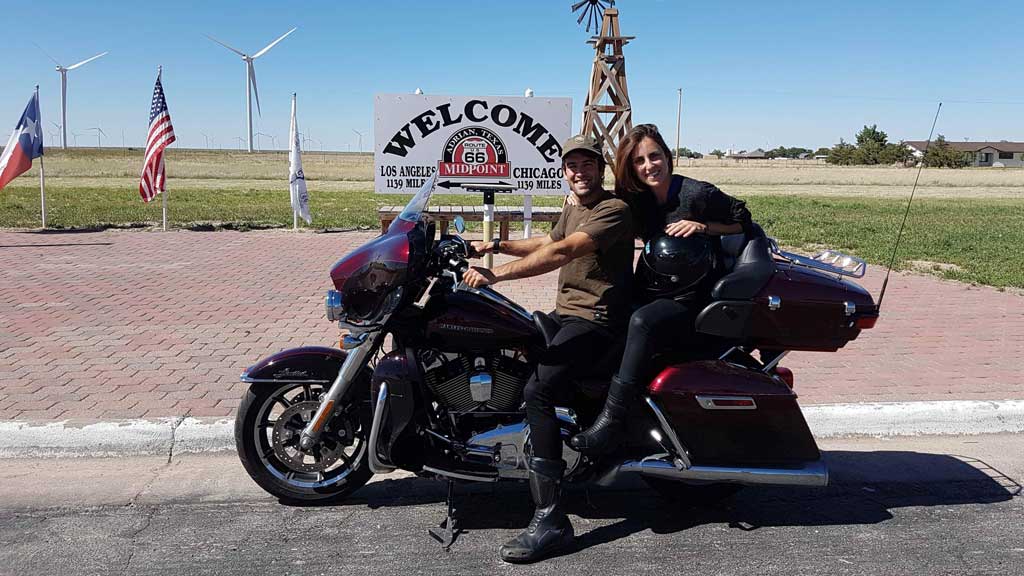
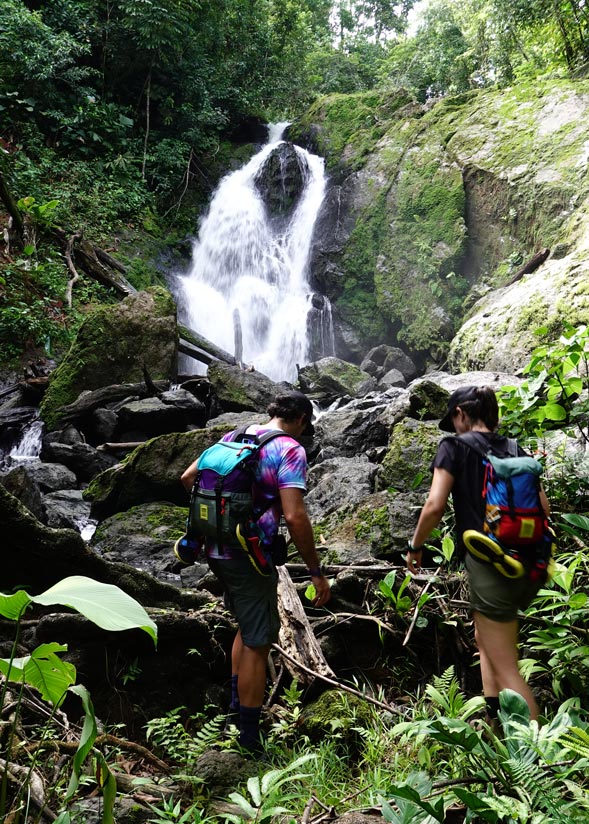
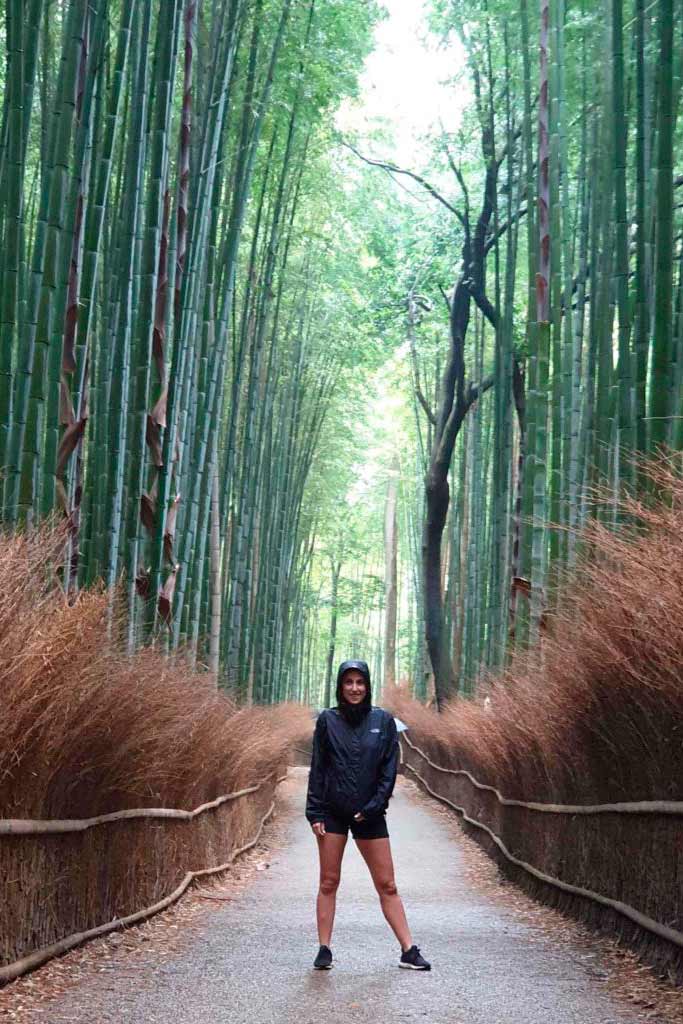

Hello! My partner and I are going on a trip to the island from February 16 to 18 specifically from Barcelona because our dream is to go to the Carnival Drag Gala and we can't find how to get tickets. How is it made and when do they go on sale?
Thank you very much🙏❤️
Hello Laura! The truth is that we have not yet found the date on which they go on sale, we will try to stay up to date and inform everyone through our Instagram account, you can follow us on @welovegrancanaria to be aware of any news.
A hug
Szia, meg akartam tudni az arat.
Szia, mi nem kínálunk vezetett túrák, csak info, mint egy helyi fr, hogy fedezze fel a szigetünkön
The La Vará del Pescao festival in Arinaga is celebrated on the last Friday of August.
Hello Sonia1! Thanks for the info, we have updated it 🙂
I would like to receive the newsletters